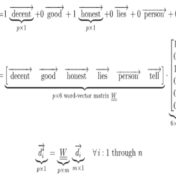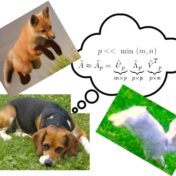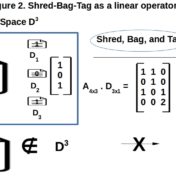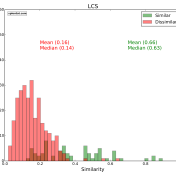Word Embeddings and Document Vectors: Part 1. Similarity

Classification hinges on the notion of similarity. This similarity can be as simple as a categorical feature value such as the color or shape of the objects we are classifying, or a more complex function of all categorical and/or continuous feature values that these objects possess. Documents can be classified… Read more »





